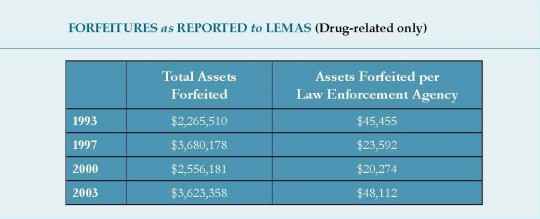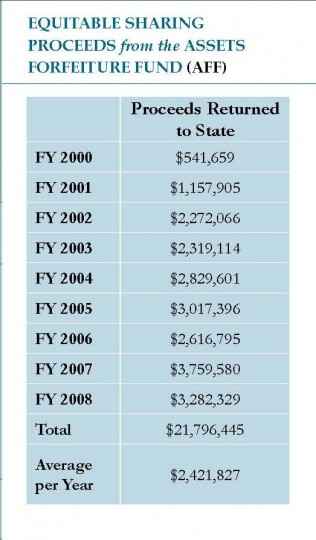ALBUQUERQUE, NM – Today, the American Civil Liberties Union (ACLU) of New Mexico announced that it has reached a settlement with the United States government, reclaiming $16, 925 on behalf of two African-American men who allege that New Mexico State Police, the Albuquerque Police Department, and Homeland Security stopped them because of their race and then seized their money without evidence of wrongdoing. In September, 2010, New Mexico law enforcement twice detained Stephen Skinner and Jonathon Breasher—a father and son on a road trip to Las Vegas, NV—subjected them to racial insults and colluded with federal authorities to seize nearly $17,000 in cash. Neither Stephen nor Jonathon were charged with a crime.
Skinner and Breasher’s ordeal began when they were pulled over in Raton, NM by a New Mexico State Trooper for driving five miles over the speed limit. He issued them a written warning and then asked to search their vehicle. They consented and the trooper found $16,395 in cash intended for their trip to Las Vegas in their luggage. The trooper aggressively interrogated the two men, called in a drug dog, partially disassembled their rental car and notified the Drug Enforcement Agency. At one point, the trooper can be heard on his belt tape recording referring to Skinner, a man of nearly sixty years, as “boy.”
After being detained for nearly two hours by the side of the road, the troopers released Skinner and Breasher with the promise that “it wasn’t over yet.”. As they entered Albuquerque, the Albuquerque Police Department immediately pulled them over for an “improper lane change.” Minutes later a federal Homeland Security officer arrived on the scene, seized the money in their luggage, and declared their assets forfeit to the government. They then seized their rental car and dropped them off at the Albuquerque Sunport, stranded with no money or transportation.
“I think they stopped us because we were two black people,” said Skinner. “I’ve never been treated that way before. That one officer addressed me as “boy”—I’m sixty years old. I’ve never been in trouble before, I pay my taxes, worked all my life, raised my kids, tried to do what’s right—I feel violated.”
In 2002, the New Mexico state legislature passed the New Mexico Forfeiture Act prohibiting state and local law enforcement agencies from channeling forfeited civil assets into their own budgets and instead requiring them to deposit forfeited assets in the state’s general fund to be used for drug treatment, education and substance abuse prevention. Law enforcement agencies have sought ways to circumvent the act since its passage. Last year, a state court judge required Bernalillo County and former Sheriff Darren White to pay more than $3 million in damages to individuals whose cash was seized by sheriff’s deputies, then transferred to the federal government, which then kicked back 80 percent to the county.
“Essentially, New Mexico law enforcement agencies seize civil assets from people who are not charged with a crime and if those people do not have the resources to challenge the forfeitures, the federal government will then kickback the majority of the money to the local police to use at their discretion bypassing the state fund.” said ACLU-NM Executive Director Peter Simonson. “What’s worse is that in this particular case there appears to be strong indication that the whole affair was racially motivated.”
After the ACLU of New Mexico intervened on Skinner and Breasher’s behalf, the government agreed to return all of the money they seized,.


%3Ciframe%20width%3D%22560%22%20height%3D%22315%22%20src%3D%22https%3A%2F%2Fwww.youtube.com%2Fembed%2FeHABIxwZjBI%3Fautoplay%3D1%26version%3D3%26playsinline%3D1%22%20frameborder%3D%220%22%20allowfullscreen%3D%22%22%20allow%3D%22autoplay%22%3E%3C%2Fiframe%3E
###





